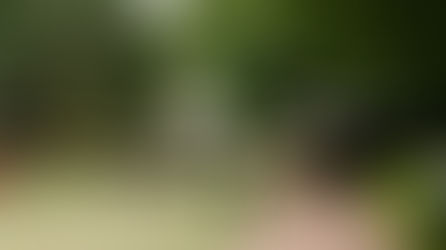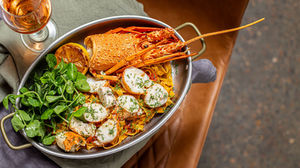Mixing it Up... Wine Blends
- Your Hunter Valley Magazine
- Aug 1, 2019
- 3 min read

Blending wines of different varieties and vineyards has gone on for centuries, the goal being to make the whole greater than the sum of its parts. From Cabernet Merlots to Semillon Sauvignon Blanc, winemakers around the world are becoming more adventurous and innovative with their blending techniques – creating masterful and unique wine blends to entice the palate.
If there were any rules in the winemaking game, it’s becoming clear that they were made to be broken. Winemakers in the New World are increasingly creating daring blends from grapes not traditionally combined, creating new and exciting flavour and aroma profiles.
Why? Wine blends can offer more complexity than single varietal wines. In fact, some of the world's greatest wines are made from a blend of grapes rather than a single varietal. Blended wines are some of the most complex and fascinating types of wines. They are the fruit salad of the wine world – a delicious mix of all the best bits of different varietals. Let’s face it without the five red varieties of Cabernet Sauvignon, Merlot, Cabernet Franc, Petit Verdot and Carmenère to play with, would Bordeaux have reached its exalted position in the wine world? And where would the Champagne region be without the trio of Chardonnay, Pinot Noir and Pinot Meunier?
At its most basic, winemakers blend wine made from different grapes to add more complexity to the flavour and texture of the wine. Both reds and whites can be made from blends of varietals. In some cases, they may even blend whites and reds to create the best possible combination of aromas and flavours. An example of this is blending Viognier with Shiraz – resulting in changes to the final colour intensity and flavour of the wine.
Australian Shiraz makes a great blending partner, as it's ripe, open nature has many flavours and texture options. Many winemakers are now using Viognier with Shiraz. It seems to be a marketing plus to have "Shiraz Viognier" on the label, even if there is only a very small quantity of Viognier. These wines are often not strictly blends as they are made by a process called co-pigmentation. This brightens the colour of the wine, lifts and adds fragrance to the aroma and texture to the palate, and provides a roundness that makes the wine more approachable.
In Australia, two main red grape varieties form the base of most red blends – Shiraz and Cabernet Sauvignon and these are often blended. Cabernet Sauvignon’s firm tannin structure ensures that it’s capable of producing wines with real potential to improve with cellaring and as a Shiraz partner is so popular that some of the greatest Australian wines ever made are a blend of these two varieties. These wines are complex and robust, with incredible ageing potential.
It’s no secret that Penfolds Grange – Australia's most collectable wine, is made predominantly from the Shiraz (Syrah) grape and usually a small percentage of Cabernet Sauvignon.
Sangiovese is another wine that is often blended with Shiraz. The savoury nature of Sangiovese grape is enriched by the bold and robust nature of Shiraz, coming together to create a rich, complex and spicy wine.
When it comes to blending, the possibility for combinations that result in a quality blend are endless. Here are six wine blends to try: Semillon Sauvignon Blanc, Cabernet Sauvignon Merlot, Shiraz Cabernet Sauvignon, Chardonnay and Pinot Noir, Shiraz and Mataro, Shiraz Viognier.

Red Wine Blending Masterclass
Unlock your inner winemaker at Gartelmann Wines with a Red Wine Blending Masterclass.
Create your own Bordeaux inspired red blend of Cabernet Sauvignon, Merlot and Petit Verdot. Learn about classic French and Australian red wine blends, how these wines are designed, and why we blend. A structured, informative and fun masterclass including a tasting of Gartelmann wines. Blending Masterclasses will be held throughout August – by appointment only by contacting the Cellar Door on 4930 7113. Classes are $35 per person (min 2 people, max 10 people) for a 45 minute Session.











































































































